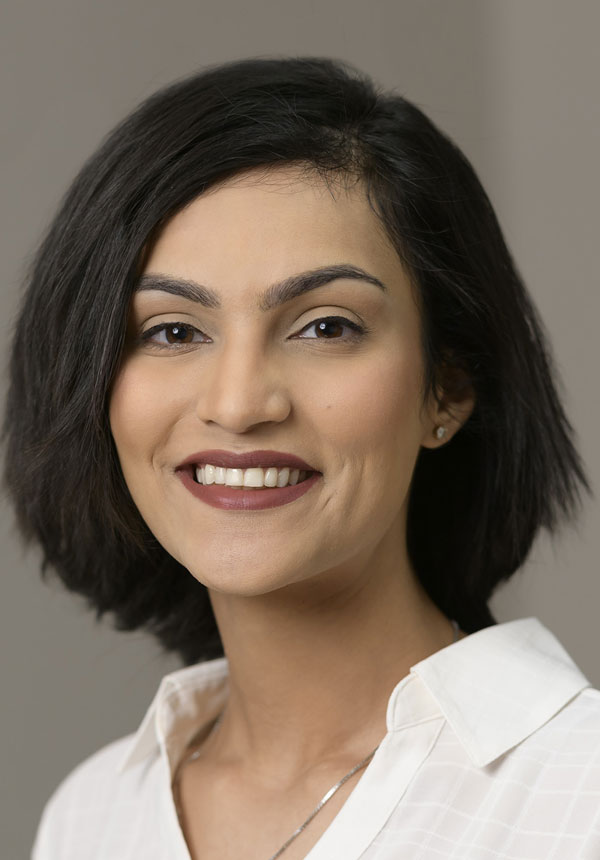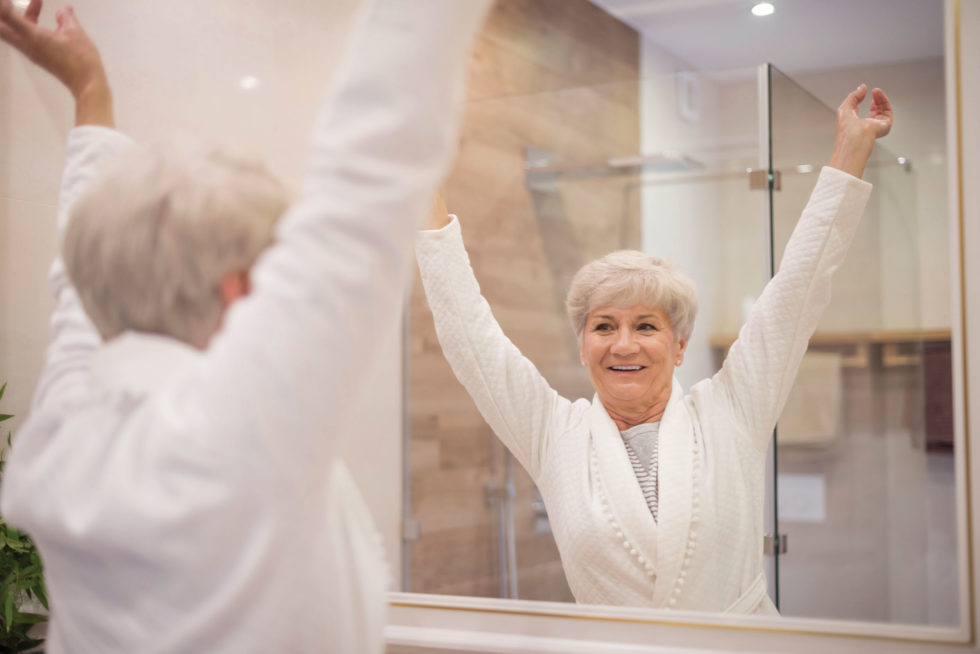Your Body After Breast Cancer
3 Tips to Help You Accept and Appreciate Your Post-Cancer Self
by Pragati Chaudhary and Monique C. James, MD
Breast cancer surgery – whether it’s a lumpectomy or a double mastectomy – can change the way your body looks and feels. It can also change how you feel about your body, and yourself. Here are three things you can do to get more comfortable with your post-cancer body and learn to accept and appreciate yourself as a breast cancer survivor.
1) Write about your breasts.
Here are some questions to help you get started:
What do your breasts mean to you? Has this changed since your breast cancer diagnosis and treatment?
What do you associate with breasts? Why?
What do you love about your breasts? What have you disliked?
How have you used your breasts in your life? Has this changed after breast cancer?
What do you see when you look at your breasts?
Your answers can be abstract or tangible. There are no right or wrong answers; just write how you really feel. Journaling has been shown to help breast cancer survivors organize their thoughts, clear their minds, and understand their emotions more fully. Journaling about your breasts can help you see that you are not any better or worse without breasts, only different. The more you put your thoughts and feelings down on paper, the more you may be able to see them objectively, come to terms with how you feel, and begin the process of acceptance.
2) Look at yourself in the mirror in a deliberate way.
As you’re adjusting to the changes in your post-treatment body, it may be difficult for you to look at your reflection. You may not yet identify with the woman in front of you. This can cause some distress and discouragement.
To address these feelings, try exposing yourself to small doses of what makes you uncomfortable. Step by step, increase the duration of exposure. For example, start with looking at your breasts in the mirror for 30 seconds at some point during the day. When you are comfortable with that, increase the duration to one minute, then a minute and half, and so forth. The idea is to help you get used to your new image, while also accepting the emotions it may bring up. These emotions can range from sadness, loss, anger, and disbelief to relief, happiness, pride, and acceptance. Try to sit with your emotions as you sit with your reflection and incorporate them into your self-image.
As you’re adjusting to the changes in your post-treatment body, it may be difficult for you to look at your reflection. You may not yet identify with the woman in front of you.
3) Touch your breasts in a purposeful way.
This can be done through a simple activity like applying lotion in that area. The purpose is to acknowledge the changes to your breasts, become familiar with them, and become comfortable with them as a new part of your body. This exercise can be empowering and can start the process of bringing loving kindness to your changing body. The goal is to reconnect to your body in its entirety.


Pragati Chaudhary (left) and Dr. Monique James (right) work at Memorial Sloan Kettering Cancer Center in New York, NY. Pragati enjoys helping cancer survivors by making their journeys a little bit easier.
Dr. James is a psychiatrist at MSKCC. She works primarily with breast cancer survivors in her outpatient clinic, helping them cope with their illness through medication management and therapy.
If you are struggling with body image issues after breast cancer, you should discuss your concerns with someone you trust, preferably a professional. If access to a licensed clinician for therapy is not possible, consider reaching out to loved ones or to other women who have gone through breast cancer treatment. You can also join an online community or forum, or meet with a breast cancer support group run by cancer survivors or clinicians.
This article was published in Coping® with Cancer magazine, September/October 2019.


